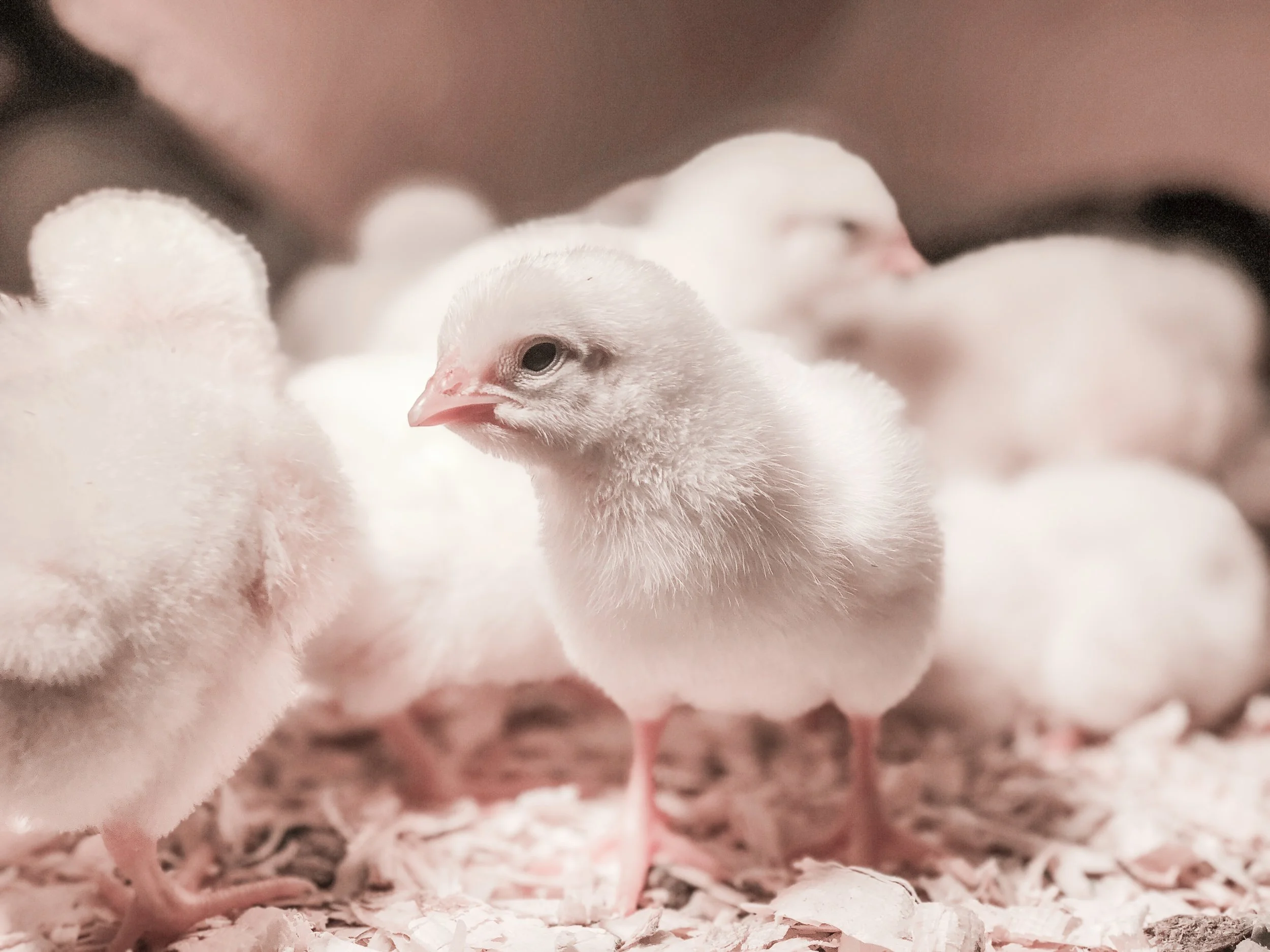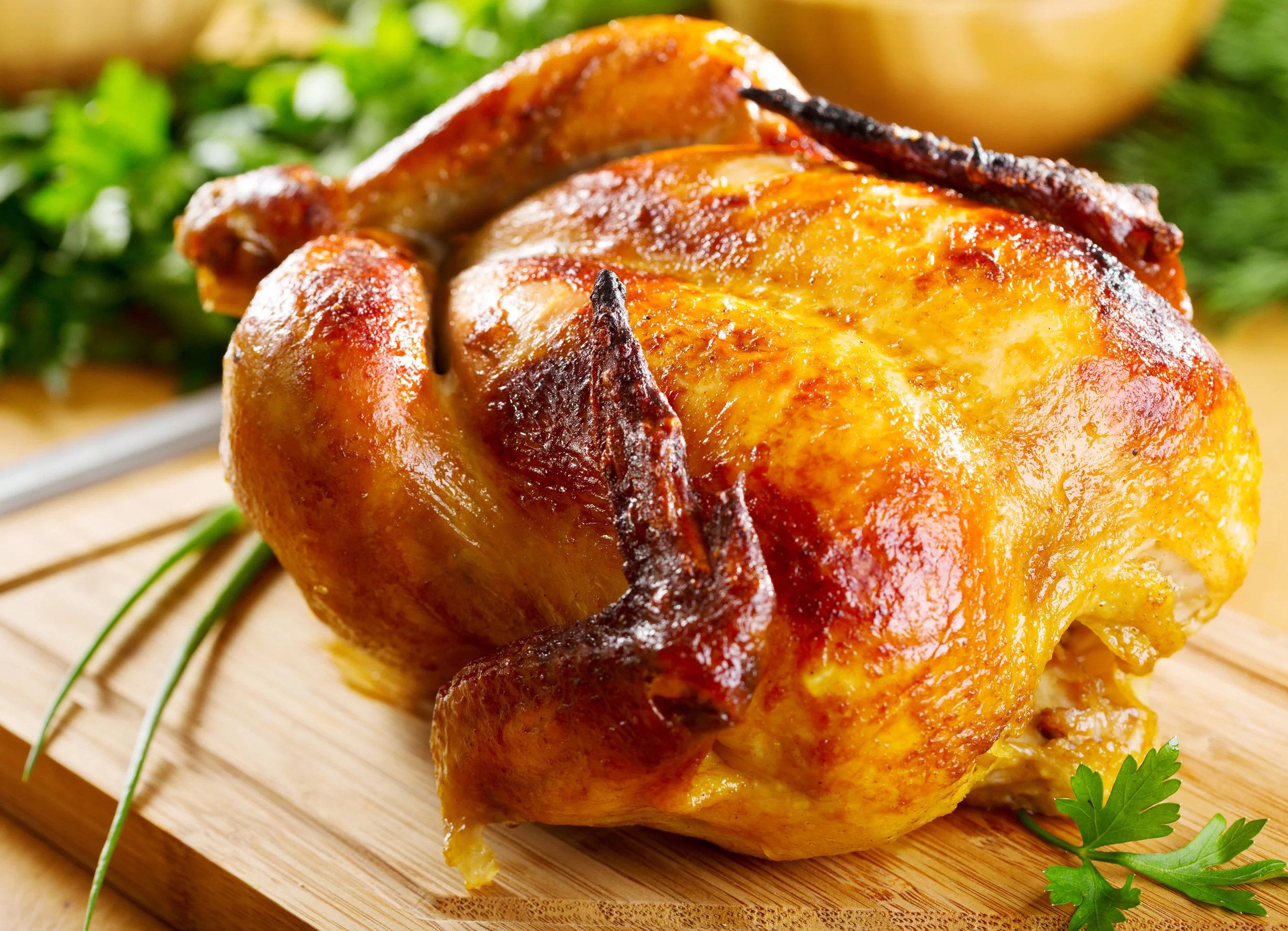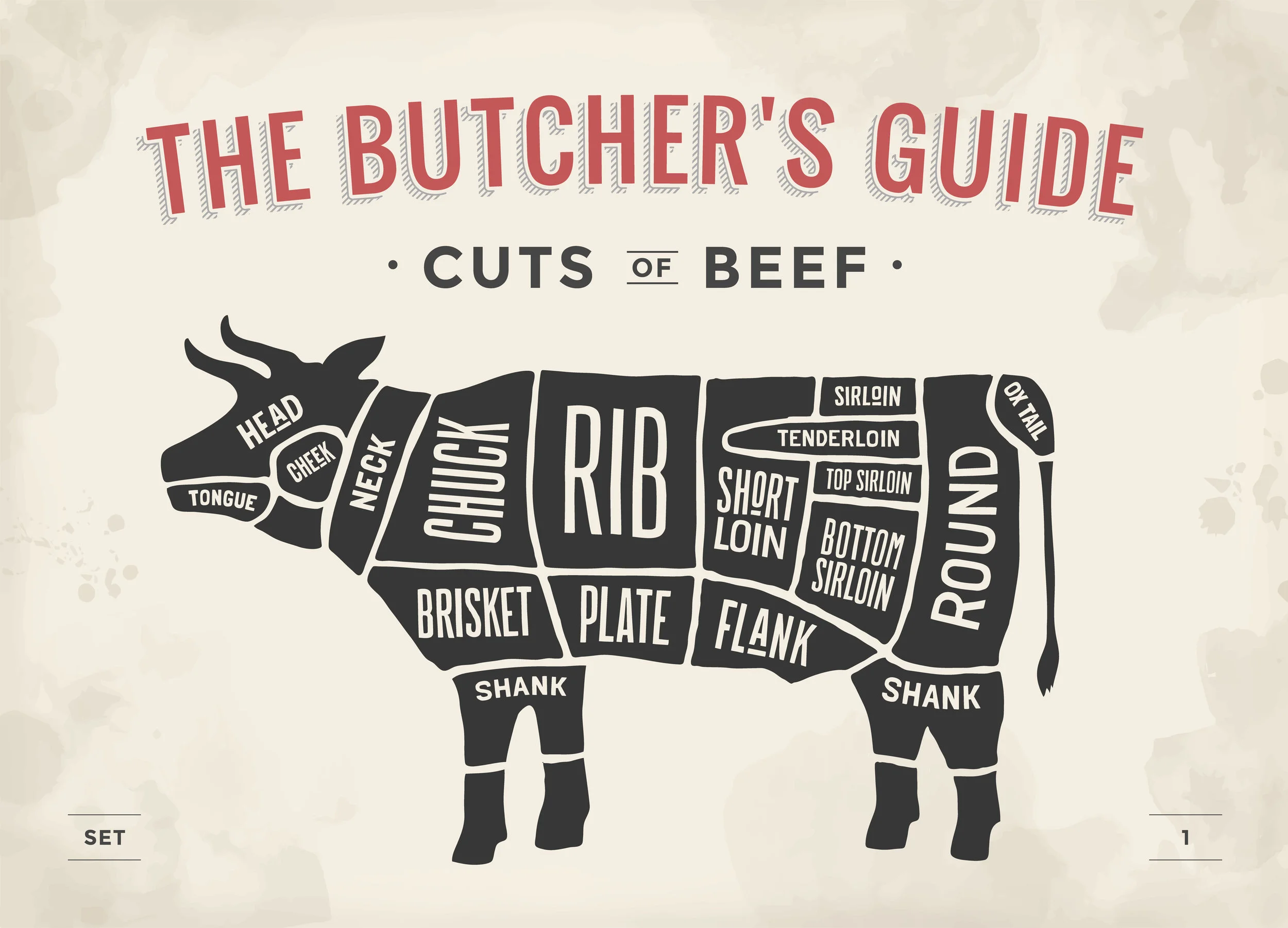Should Cows Eat Corn?
You’ll find a lot of food producers who will debate the pros and cons for a variety of reasons, but speaking on a strictly scientific level, the answer is no.
The grain (among other things) pumped through feedlot cows is actually very harmful to the animals eating it. The cow is part of the rumen family, meaning they have a specially designed organ called the rumen containing its own enzymes, which allows the animal to convert grass into protein and nutrients. Unlike our own highly acidic stomachs, the normal pH of a rumen is neutral. Corn renders the rumen acidic, causing a kind of bovine heartburn that most often makes the animal sick, and in some cases can kill it (de Ondarza).
Over time, the acid build up eats away at the rumen wall, destroying the protective coating and allowing acid-thriving bacteria to enter into the bloodstream. The liver, being the toxin cleaner, gets a hefty overload, and those bacteria impair the liver’s function. Between 15 and 30 percent of feedlot cows found at slaughter have abscessed livers (Pollan).
What keeps a feedlot animal healthy - or healthy enough - are antibiotics. Rumensin and Tylosin are two primary drugs that buffer the acidity in the rumen and lower rate of liver infection. There is a worldwide and long-standing body of research delves into the risks of such heavy use of antibiotics in farm animals due to the resistant strains they produce. (See Big Chicken for a plethora of sources and a fascinating overview of antibiotics.)
Traditionally, any harmful gut-residing microbes that find their way into our food get killed off by the strong acids in our own stomachs, since those microbes had only survived in the neutral environment of the rumen. But now the rumen of a corn-fed feedlot cow is nearly acidic as our own and in this man-made environment new acid-resistant strains of bacteria including E. Coli have developed (Lim, Yoon, Hovde). “By acidifying the rumen with corn, we’ve broken down one of our food chain’s most important barriers to infection. Yet another solution turned into a problem” (Pollan).
Corn-fed meat is also demonstrably less healthy for us, since it contains more saturated fat and less omega-3 fatty acids than the meat of animals fed on grass. Grass-fed animals are also notably higher in vitamins A and E, carotenoids, and antioxidants. A steadily growing collection of research suggests that many of the health problems associated with eating beef are really problems with corn-fed beef (Pollan; Gunnars).
Since the transition to corn feedlots, Americans have become accustomed to fattier beef, expecting to drain off grease or have thick steaks with lots of marbling (yes - that marbling has been marketed as premium, but only since the shift to feedlots). Cycle back to grass-fed beef. Despite being grown how it arguably should be, most Americans are new to cooking grass-fed foods. Although many consumers have come to expect the taste, texture, and appearance of industrial meat, soft and marbled with fat, this grain-fed product has hidden costs for both animals and people including health of the cow and the consumer, detriment to the medical world’s fight against antibiotic-resistant bacteria, significant usage of non-renewable fossil fuels (10 calories of fossil fuel to 1 calorie of processed food), and hefty impact on the environment and the taxpayer’s pocket (yes, we pay for this, and not just at the store) (Nierenberg; Lott).
So should creatures that have specially designed organs who originally ate only grass be fed a steady diet of grain and then antibiotics and then enter our food system? We vote no.
Additional Resources:
For reading on the additional issues of “Should Cows Eat Corn?” including the research regarding antibiotics, economics, nutrition, environmental impact, and an inside look at the beef production system, check out:
The Omnivore’s Dilemma: A Natural History of Four Meals by Michael Pollan (this one is hands down a top recommendation)
Big Chicken: The Incredible Story of How Antibiotics Created Modern Agriculture and Changed the Way the World Eats by Maryn McKenna (This applies to pigs and chickens as well.)
Pasture Perfect: How You Can Benefit from Choosing Meat, Eggs, and Dairy Products from Grass-Fed Animals by Jo Robinson
Folks, This Ain’t Normal by Joel Salatin
Sources for above:
De Ondarza, Mary Beth. “The Stomach of the Dairy Cow.” Back to First Page, 2000, www.milkproduction.com/Library/Scientific-articles/Animal-health/The-stomach-of-the-dairy-cow/
Danielle Nierenberg. “Happier Meals: Rethinking the Global Meat Industry.” Washington, DC: Worldwatch Paper 171, 2005.
Gunnars, Kris. “Grass-Fed vs. Grain-Fed Beef — What's the Difference?” PBS, Public Broadcasting Service, 2018, www.pbs.org/wgbh/pages/frontline/shows/meat/
Lim, Ji Youn, Jang W. Yoon, and Carolyn J. Hovde. “A Brief Overview of Escherichia Coli O157:H7 and Its Plasmid O157.” Journal of microbiology and biotechnology 20.1 (2010): 5–14. Print.
Lott, Melissa C. “10 Calories in, 1 Calorie Out - The Energy We Spend on Food.” Scientific American Blog Network, 11 Aug. 2011, blogs.scientificamerican.com/plugged-in/10-calories-in-1-calorie-out-the-energy-we-spend-on-food/.
Pollan, Michael. “Power Steer” The New York Times. March, 2002.
Pollan, Michael. The Omnivore's Dilemma:A Natural History Of Four Meals. New York : Penguin Press, 2006. Print.









Everything you need to know about every pork cut.